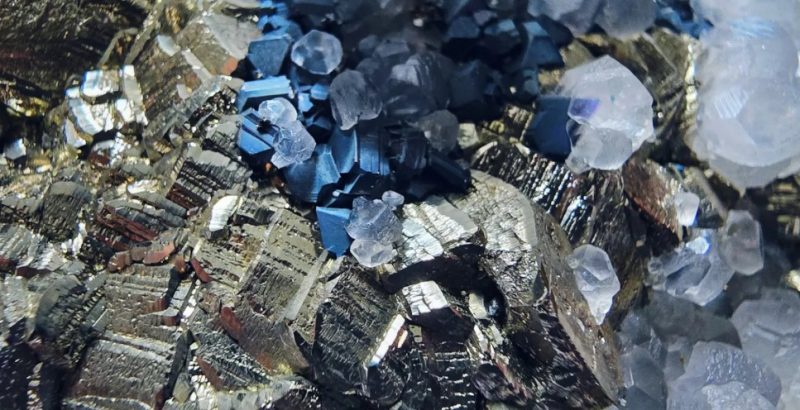
India Expands Rare Earth Magnet Incentive Programme to Strengthen Supply Chain
India will triple its rare earth magnet incentive programme to about $788 million (Rs 70 billion). The move marks a major policy push to build local capacity in a market long controlled by China. Bloomberg reported that the plan awaits cabinet approval and could still change before finalisation. The new package sharply increases funding from the earlier $290 million scheme, which targeted critical materials for EVs, renewable energy, and defence.
Global competition for critical minerals is intensifying. Nations such as Japan, the United States, and Australia are pursuing stronger supply chains for rare earth magnets after China imposed export restrictions in April. China currently processes around 90% of global rare earth output. Its export curbs have already disrupted automotive and clean-energy industries worldwide.
Rare Earth Magnet Incentive Programme: India’s Strategic Pivot from China
Prime Minister Narendra Modi has stressed the need for stable and diversified supply chains. The rare earth magnet incentive programme supports that goal by boosting self-reliance and inviting global collaboration. However, India still faces serious hurdles. These include limited technical expertise, slow project development, and environmental risks linked to rare earth mining.
To overcome these issues, the government will support five domestic companies through production-linked incentives (PLI) and capital subsidies. State-run firms are leading early-stage projects and exploring overseas mining partnerships to secure feedstock. At the same time, the Ministry of Heavy Industries is funding research on synchronous reluctance motors, which could cut dependence on rare earth materials in electric drives.
International suppliers have shown strong interest in India’s market. The country is expected to need 2,000 tonnes of rare earth oxides each year, creating space for global magnet makers to expand. However, if China relaxes its export curbs for the US and EU, cheaper Chinese magnets could again flood the market. That shift might discourage long-term investment in India’s new magnet industry.
SuperMetalPrice Commentary:
India’s decision to expand its rare earth magnet incentive programme is both timely and strategic. As global industries pivot toward clean energy and electric mobility, securing access to critical materials is becoming a national priority. However, India’s success will depend on whether it can convert policy ambition into rapid industrial execution. Attracting global partners, transferring magnet-making expertise, and ensuring environmental compliance will define whether India can truly emerge as a competitive alternative to China in the rare earth value chain.




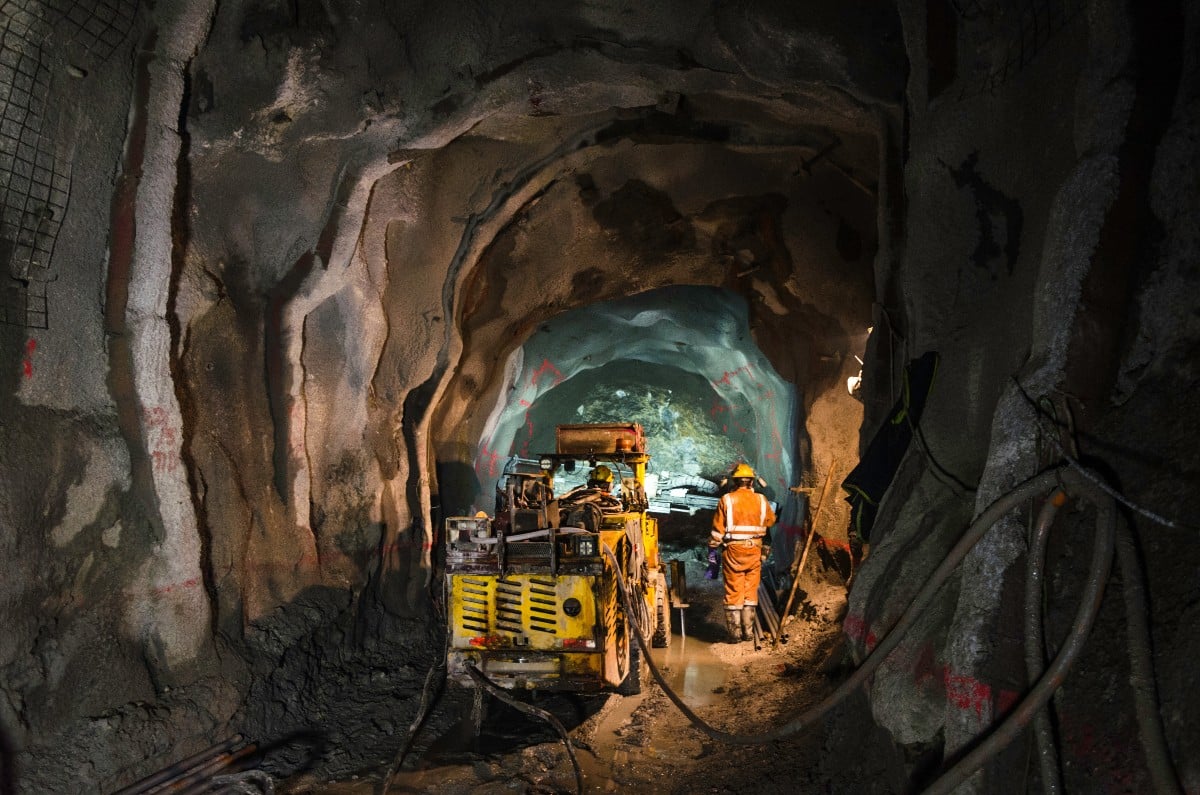


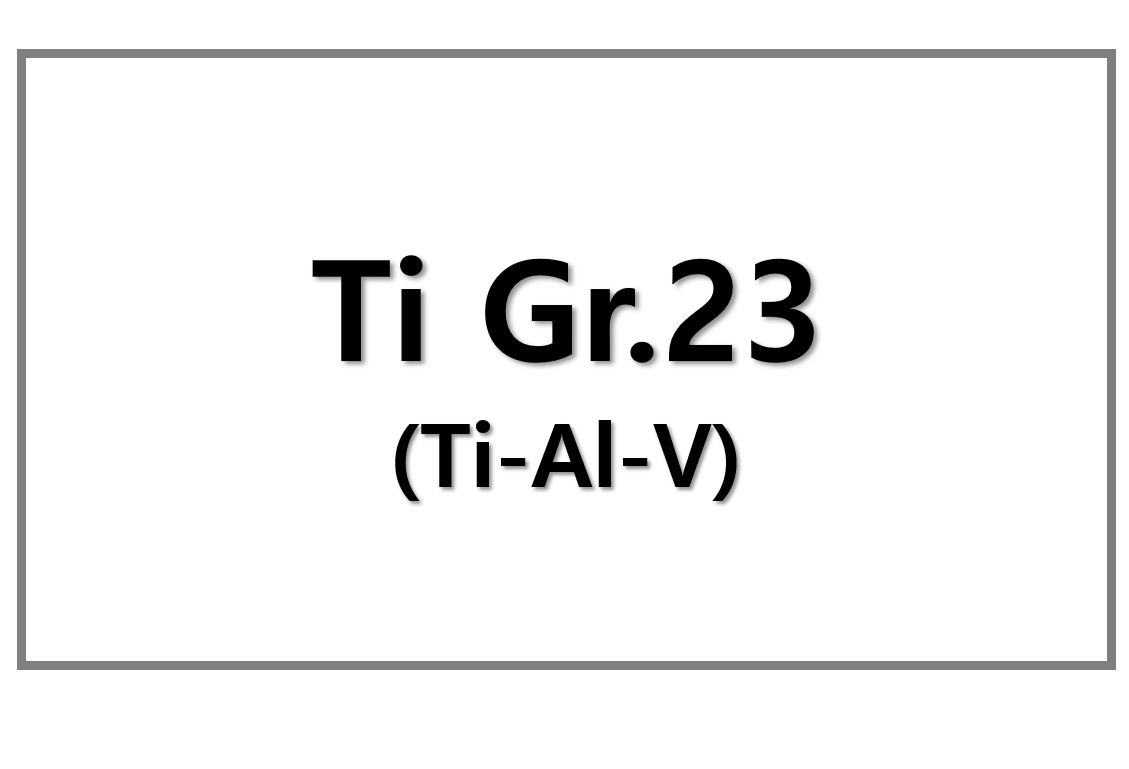
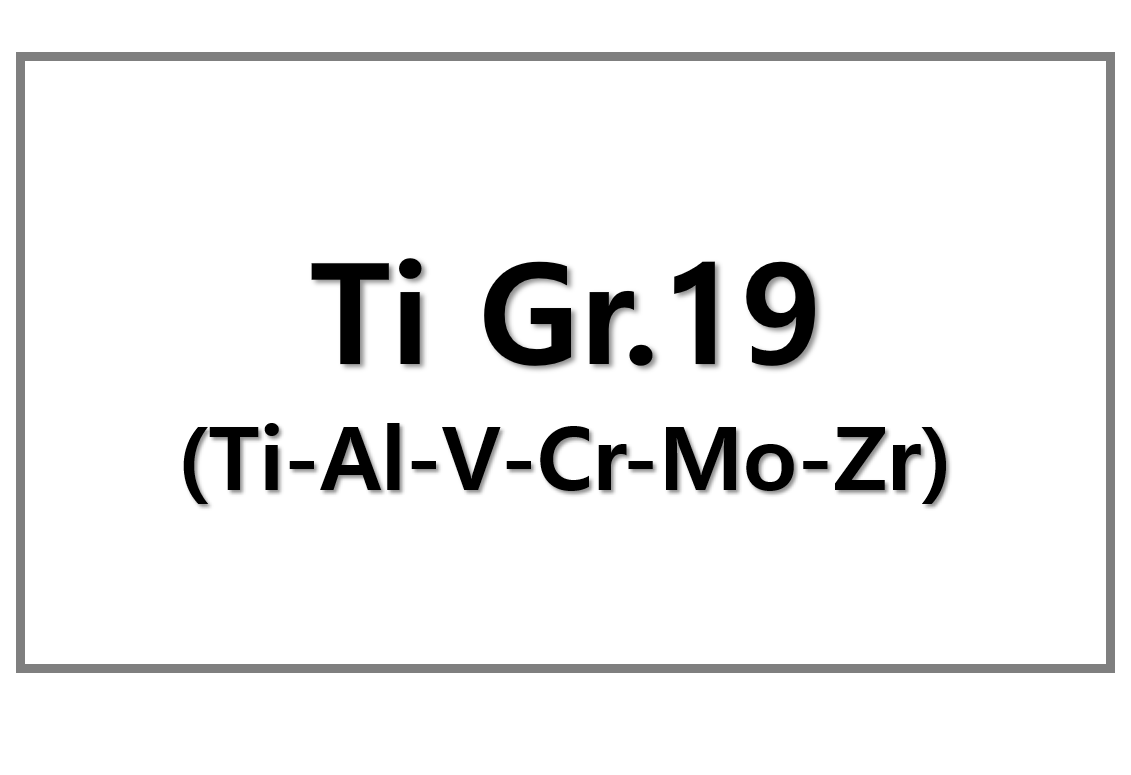
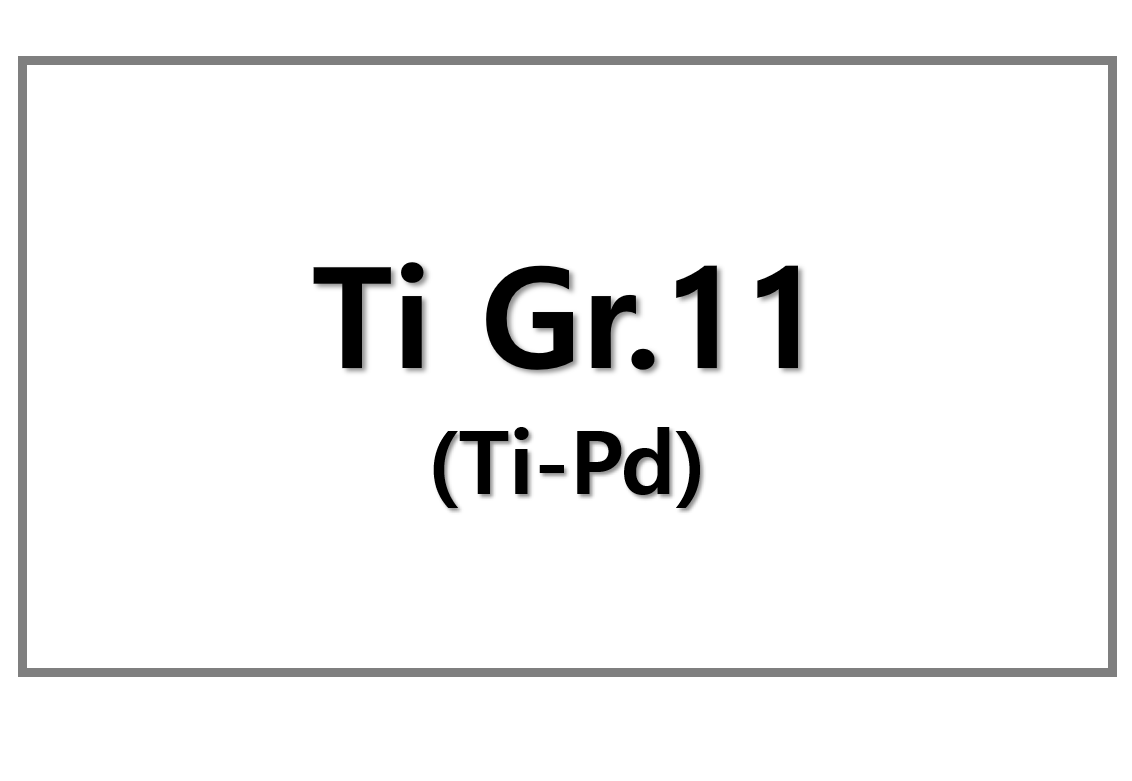

Leave a Reply
You must be logged in to post a comment.